Dia de los Muertos: An Expanding Tradition
An ofrenda, an annual tradition at the center of Dia de los Muertos. This ofrenda was assembled in the house of English teacher Emma Ruiz. Her family celebrates Dia de los Muertos annually.
October 31, 2022
Death across so many cultures is almost universally seen as something sad and depressing– when our loved ones have passed on we mourn, we pray, we cry, and we honor them. But for the millions of people across Mexico and the world, while death is sad, they still celebrate the solemn subject during Dia de los Muertos.
The holiday, originating in Mexico, is joyful in nature as opposed to the solemn undertones one would usually associate with death. People celebrate and represent the dead with Calaveras (decorated skulls,) or cempasúchiles (Aztec marigolds) and decorated ofrendas with pictures of loved ones, favorite foods, and other offerings.
November first is considered el Dia de los Inocentes, when the souls of children who have passed come to reunite with their families. November second is the day that all souls return. Señora Miller, one of our Spanish language teachers, always teaches about Día de Los Muertos because she wants students to understand that “everybody celebrates it in different ways.”
Some people celebrate by setting up an ofrenda in their home with cempasúchiles guiding the way, and some decorate the tombs of their loved ones, covering them with elaborate designs made of flower petals. Miller explains, “It doesn’t have to be so extravagant. It can be something as small as just a picture and candles.. and it can be something like a big ofrenda.”
Día de los Muertos is also celebrated right here in Thomas Worthington High School. One of many Spanish-speaking students is junior Annete Garcia. Her and her family go to mass every year and pray. “We bring their picture and little things we have from [our loved ones]. It’s a very emotional experience.” Garcia feels it is important to celebrate because “you get to learn about your ancestry.”
The holiday brings passion, excitement, and love. According to Brenda Hernandez, “It’s a special moment for Hispanics to celebrate the people who have died, the lives they have lived, and the people who have made a difference in this world.”
Many students have family members in Spanish-speaking countries and take part in the holiday over long distances. Yajaira Gonzales celebrates with her grandparents that live in Mexico. “They make an ofrenda in their house with flowers, food, and decorations, and we’ll do it over facetime together… it just makes you feel closer with all your family.”
We see that this holiday, as large as it is, is understandably celebrated differently by every household, but we see one recurring theme and that’s togetherness. Dia de los Muertos is a holiday to bring people together, to be one in our love for those who have passed, and to remember them and care for them no matter the distance between the living and the dead. The holiday encourages us to be open and loving and caring and to invite those we have lost in one of the most respectful and beautiful ways one possibly could.

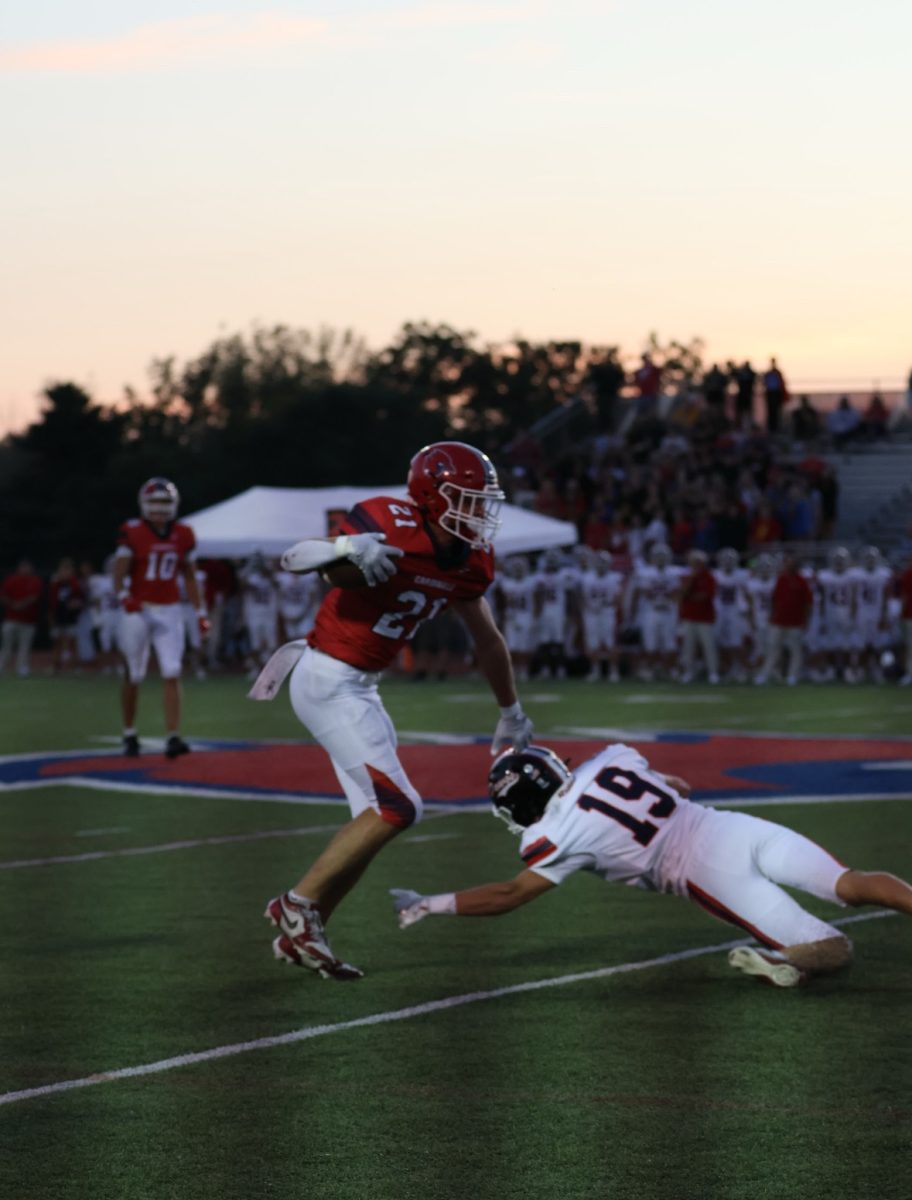
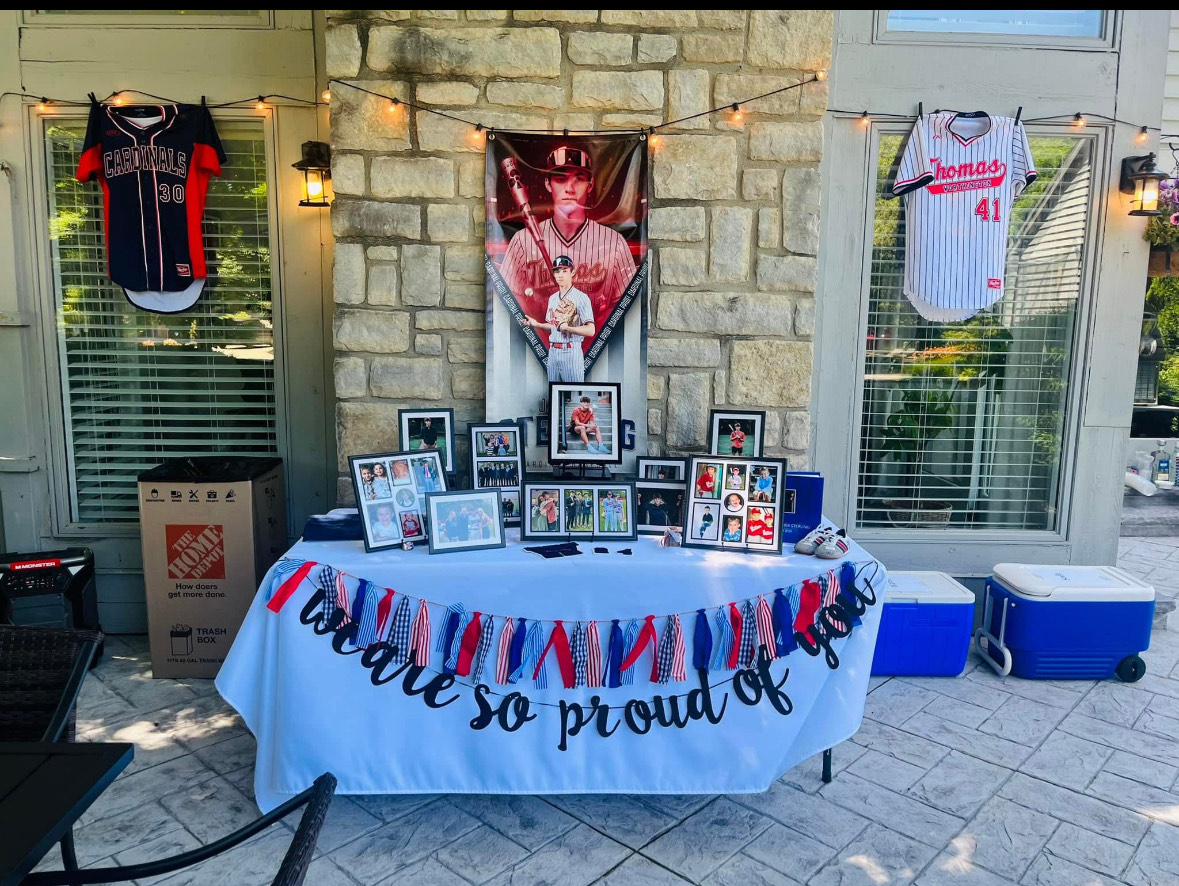
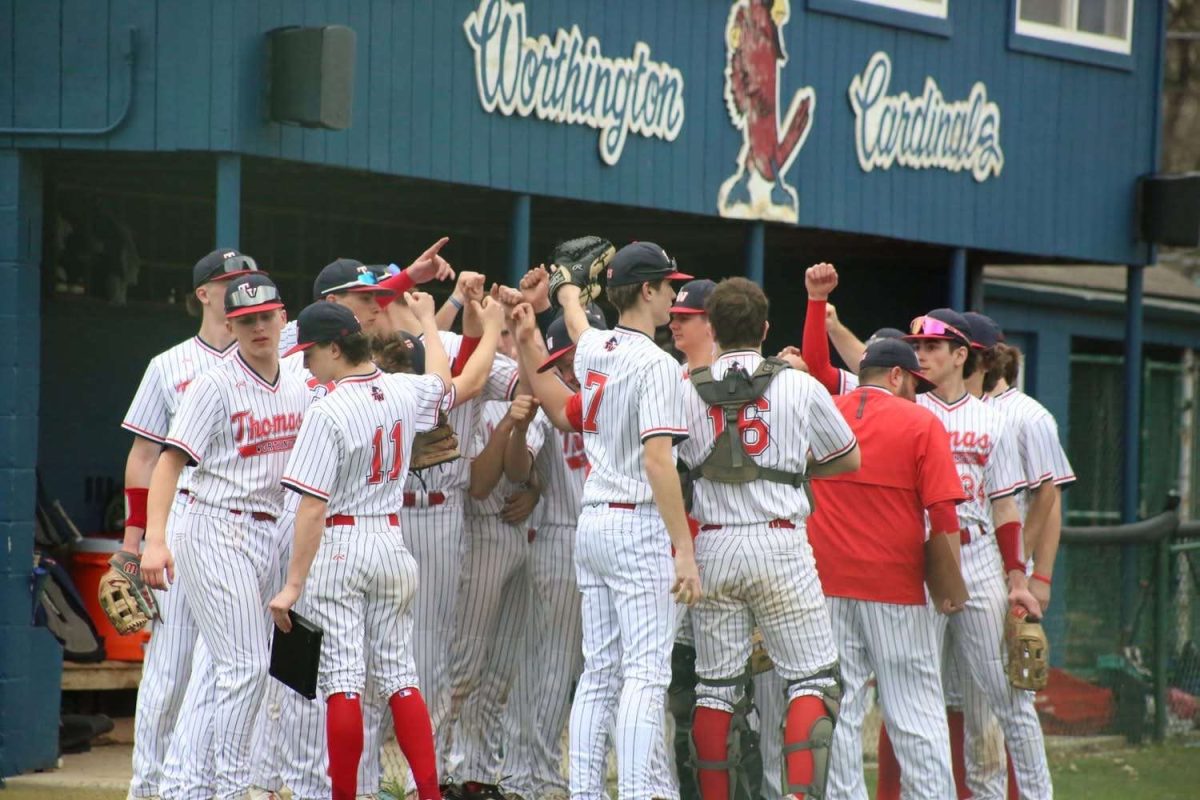
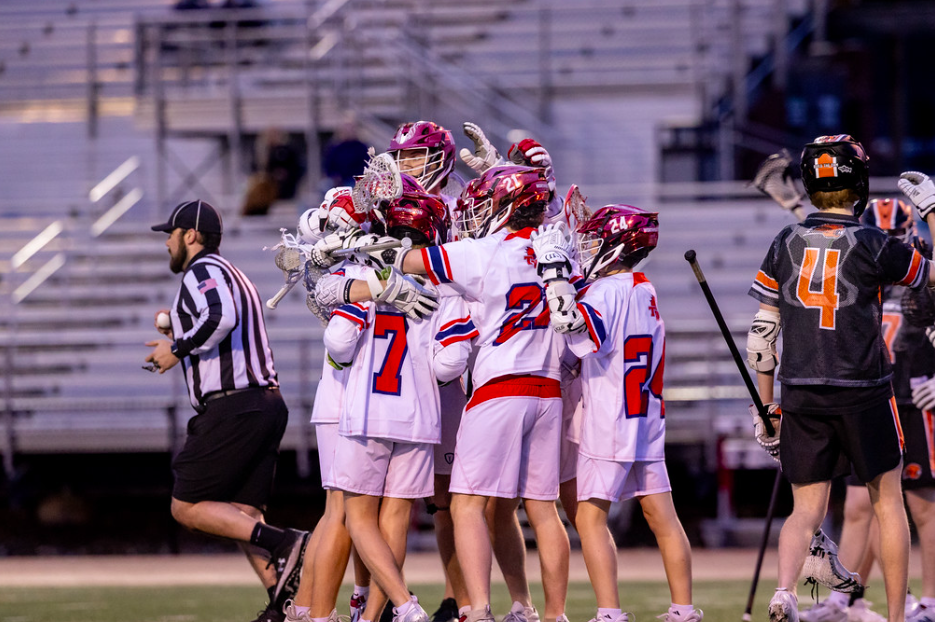



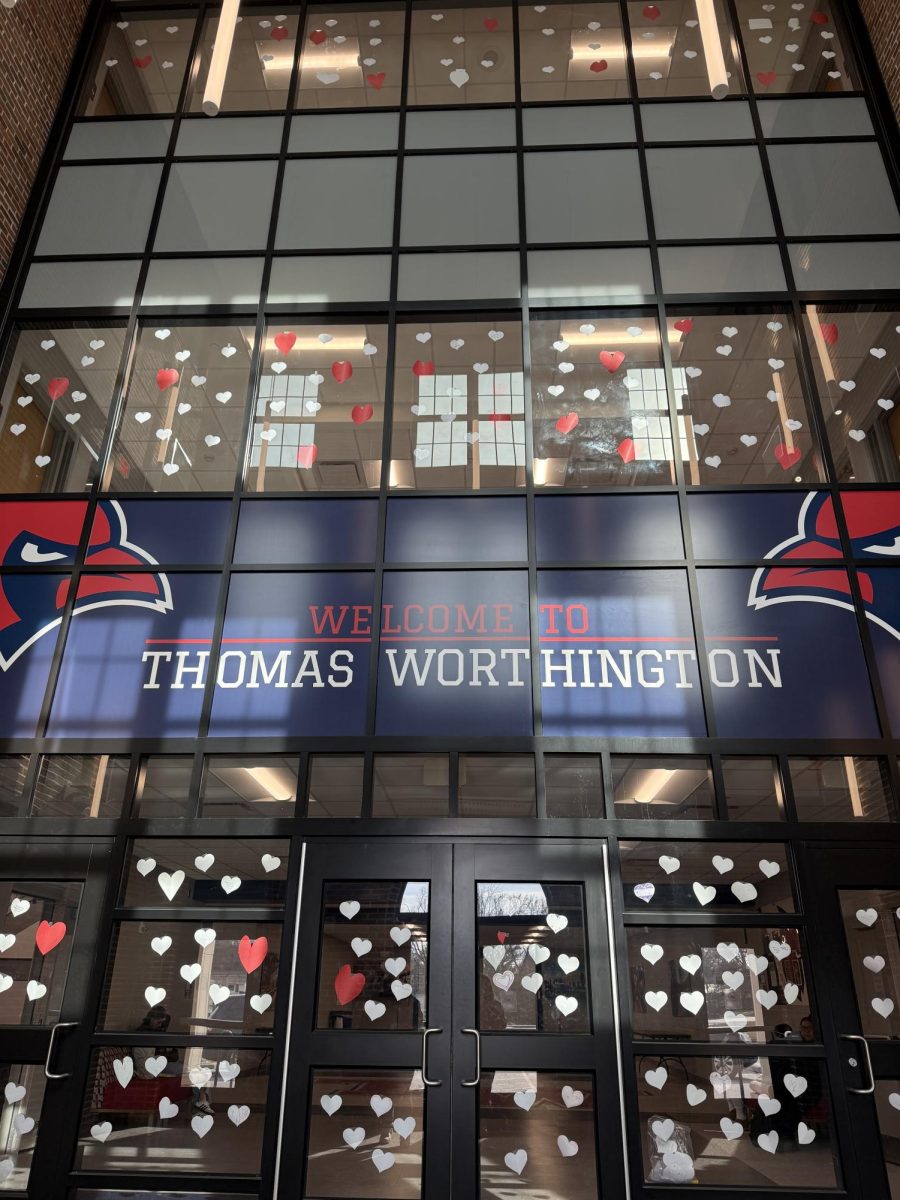
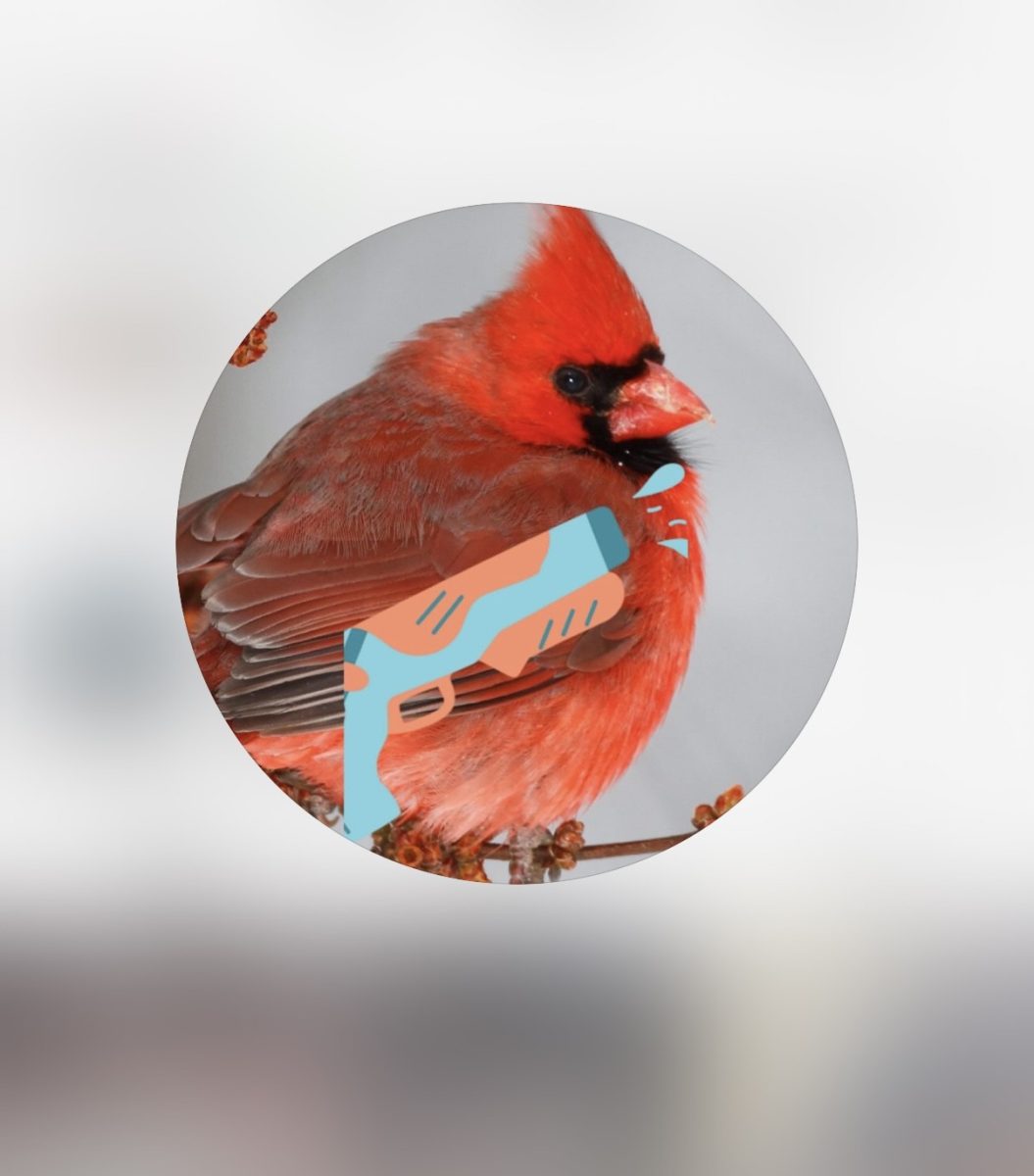

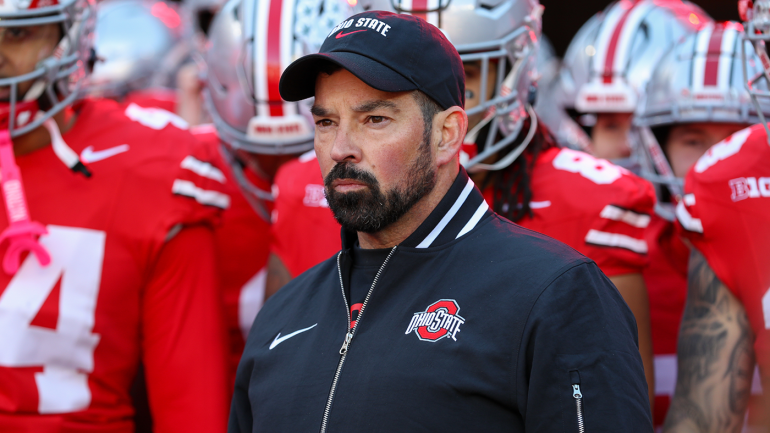
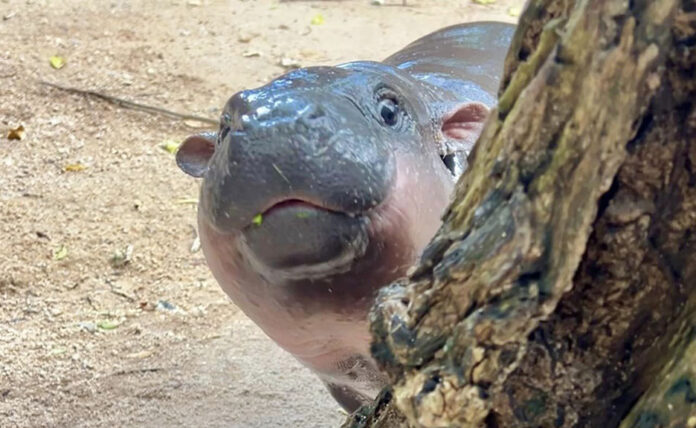
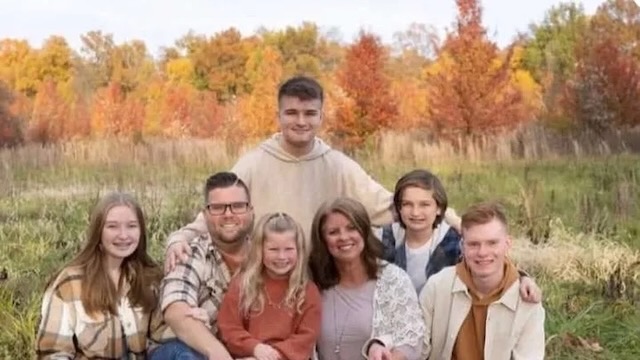

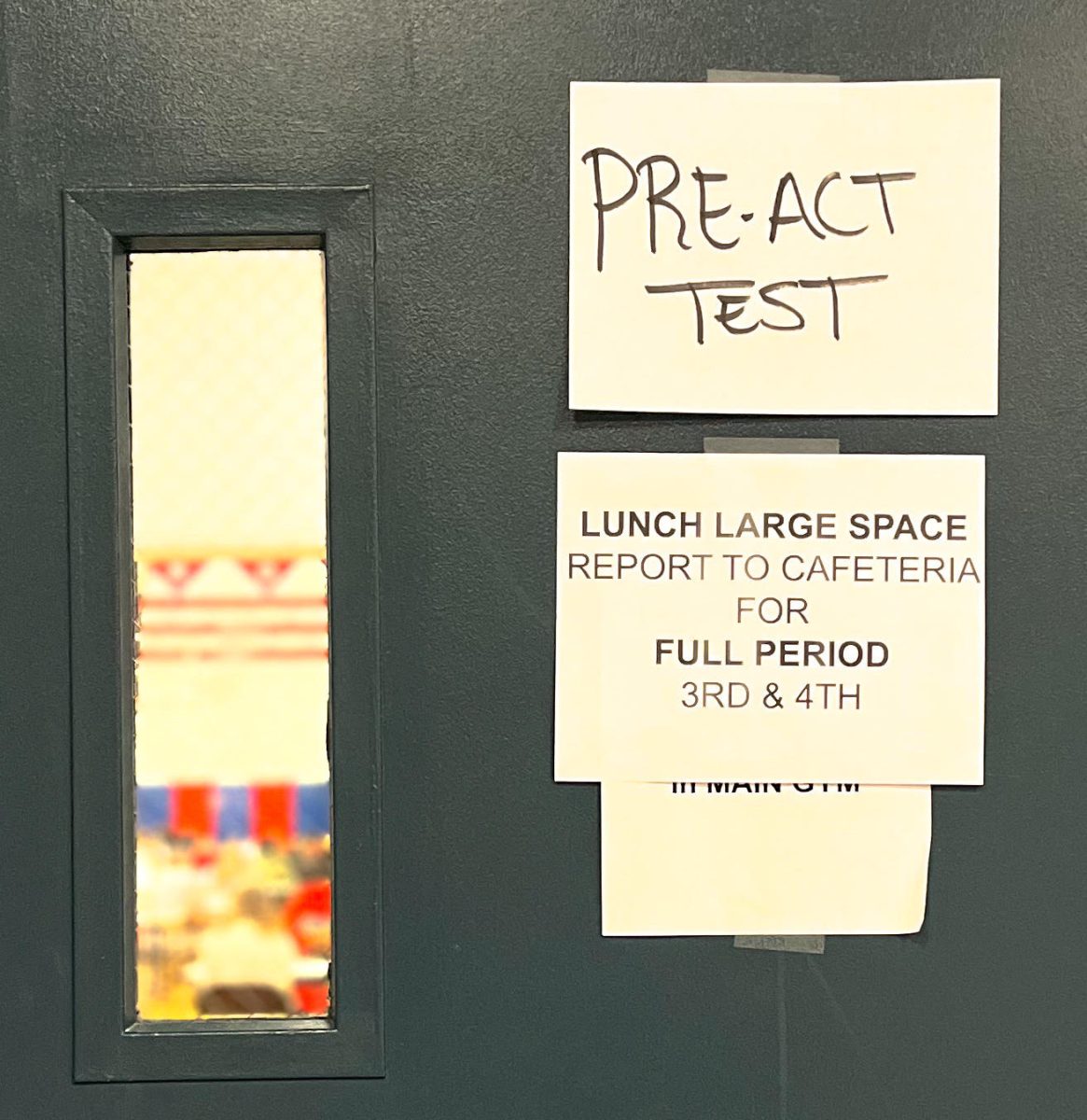



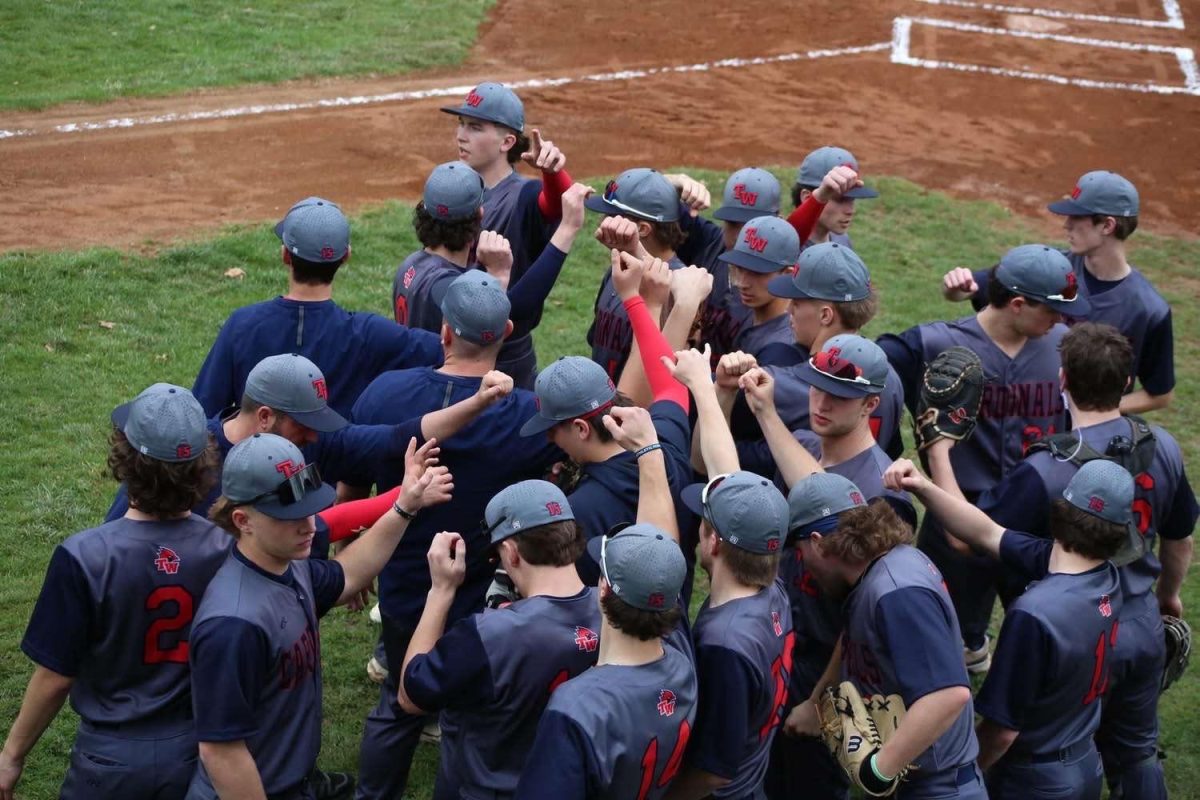




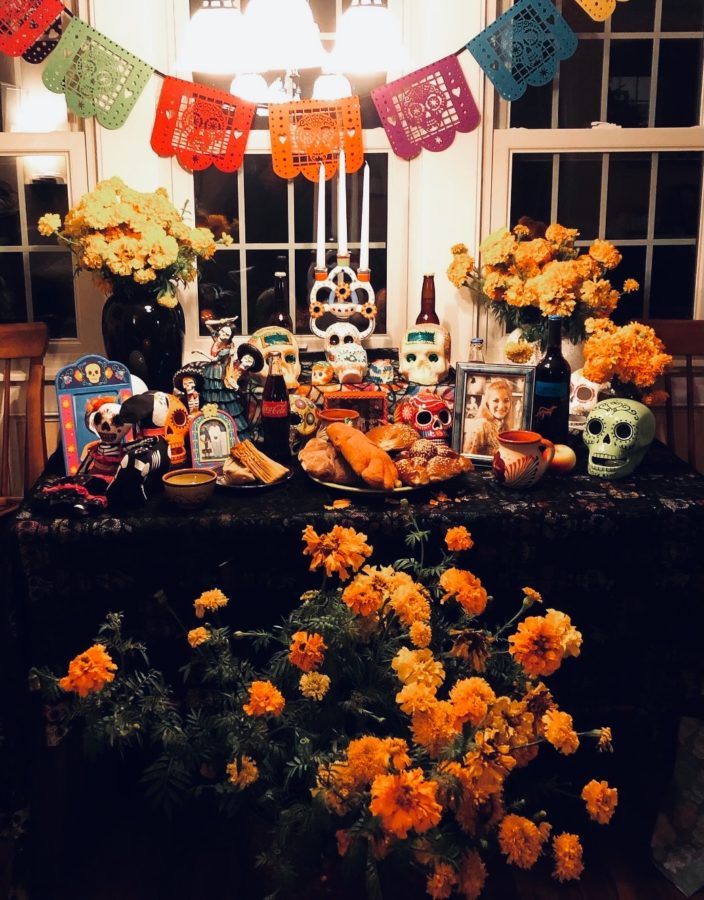

Amanda Miller • Oct 31, 2022 at 8:56 pm
Great job! Loved reading this article and hearing from our students who celebrate el día de los muertos